Dear friends and family,
While I had time in Barichara, I went to explore some of the local traditions:
I wanted to try the local delicacy, Hormigas Culonas, which translates to “ big- bottomed ants” or the more modern translation “ big-ass ants”.
I didn’t see them in stores, probably because they show up in April, but hoping that I could find some off-season, I asked a local young man if he knew where I could try them. He recommended the local farmer’s market early in the morning, so there I trudged.
I came across this little girl eating them by the dozen with a spoon. I asked her if she liked them and she offered me one. Her father intervened and showed me that he had them for sale, so first I tried a sample. If you had your eyes shut, and mind turned halfway off, you might say they taste like earthy peanuts, complete with salt. Crunchy even. I bought a packet to take with me. What might US customs think if I try to bring them home?
These ants are reputed to have “aphrodisiac qualities as well as analgesic properties that calm pains of the body and soul”. I’ll let you know what I find. Somebody has to do it.
It’s not my first try of eating bugs. When my nephew Sonny was about four, at a family picnic in our backyard, a big fly landed on my hamburger and, to impress Sonny, I called attention to my eating it with a bite of burger. Not sure if he was properly impressed by his uncle, I let it go.
A year or two later, I went to pick up Sonny at his preschool. I had the top down on the convertible and sat out front as the children filed out. I noticed Sonny gathering the kids around him and telling them “ This is my uncle who eats bugs”. This got the several of the kids to race towards my car, but screech to a stop at the sidewalk, making sure not to get too close to that entomophage, which is a human who eats bugs.
Many years later, at a wilderness survival course, I found out that most bugs and ants are good for survival, and we ate several types of ants , and really liked the grubs. Turns out that flies are dangerous to eat because they feed on animal feces. Oops!
I wanted to explore the building methods of these very old towns so found a workshop where you could build your very own miniature rammed earth block to take home while learning these construction methods. I passed as a heavy block in my pack would make my hill climbing even slower, but spent time learning and viewing the different construction techniques.
I show several examples in the pictures of the “ rammed earth “ methods and the “ Kogi tradional mud hut” methods. In Barichara these rammed earth blocks are usually on a stacked rock base, which absorbs the shaking of the earthquakes that are prevalent here. I felt one lasting about fifteen seconds while in my writing space one morning. Typically no building damage is caused by these. They seem to have that figured out.
I did some internet research and found out that any new construction still needs rebar inside of any rammed earth walls. The non rebar held up for 400 years so far.
The Kogi village hut construction add salt to their mud to repel bugs and mold and in the interior of the country they coat the walls with a lime whitewash to prevent the same.
My guide seemed really knowledgeable, so I asked why the cane roof structures didn’t get eaten by bugs from the inside. I had an experience on my boat in 1987 where I bought these really cool bamboo beer mugs and put them in a wood cabinet. A week later, when I opened the cabinet, I found little bugs ( looked like termites) enjoying lunch of my wood cabinet. When I went to throw those out a local guy told me that the bamboo was cut in the wrong phase of the moon, which I shrugged off as cute, but not scientific.
So,I was now told that the reason that these cane roof structures don’t get bugs is because of the phase of the moon they are cut. I smiled with my remembering and asked what the science was behind it. She casually let me know ( as if it should be obvious to anyone with half a mind) that the pull of the gravity affects the water and starch pulled up inside the stems. They’ve been using this science for about 400 years in these parts, and it seems to be working.
The final workshop was papermaking. Again, a long history of using the local plants to make paper. The leaves are picked, ground, then liquified and rolled into a flat sheet, dried, and then you have a sheet of non-wood paper.
In the pictures you can see several examples of different kinds of fibers/plants that they used. There was a garden out back where they grow these plants for their workshop. They sold many samples of papers, notebooks and art on these beautiful papers, and I was tempted to buy, but there is that “ more weight on the bike” thing.
I noticed one of the fibers they used was from the marijuana plant ( marihuana in Spanish) . That fascinated me since when I was in college I had a small side business selling rolling papers and pipes to students. My siblings were in the gift industry and I would go to gift shows and buy a bunch of pipes and papers for resale. As long as these products could be ( theoretically?) used for tobacco, they were not illegal. Or so I hoped.
Imagine if I could have sold marijuana rolling papers. I could have advertised “ special rolling papers, no dope filling needed!”
Lots of recollections today. Maybe it’s time to get back on that bike and head south.
Sending love,
Charley
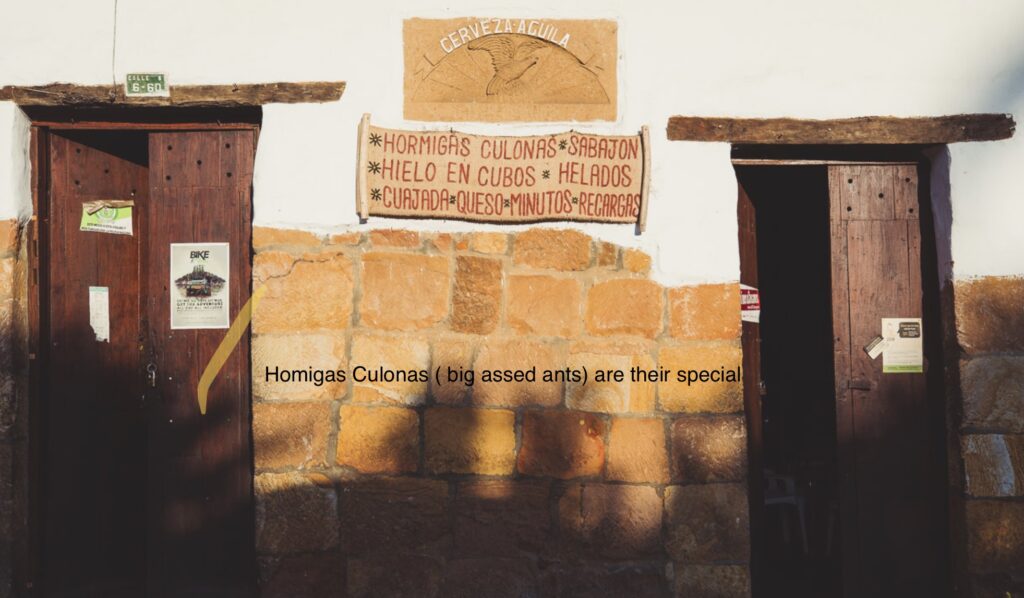

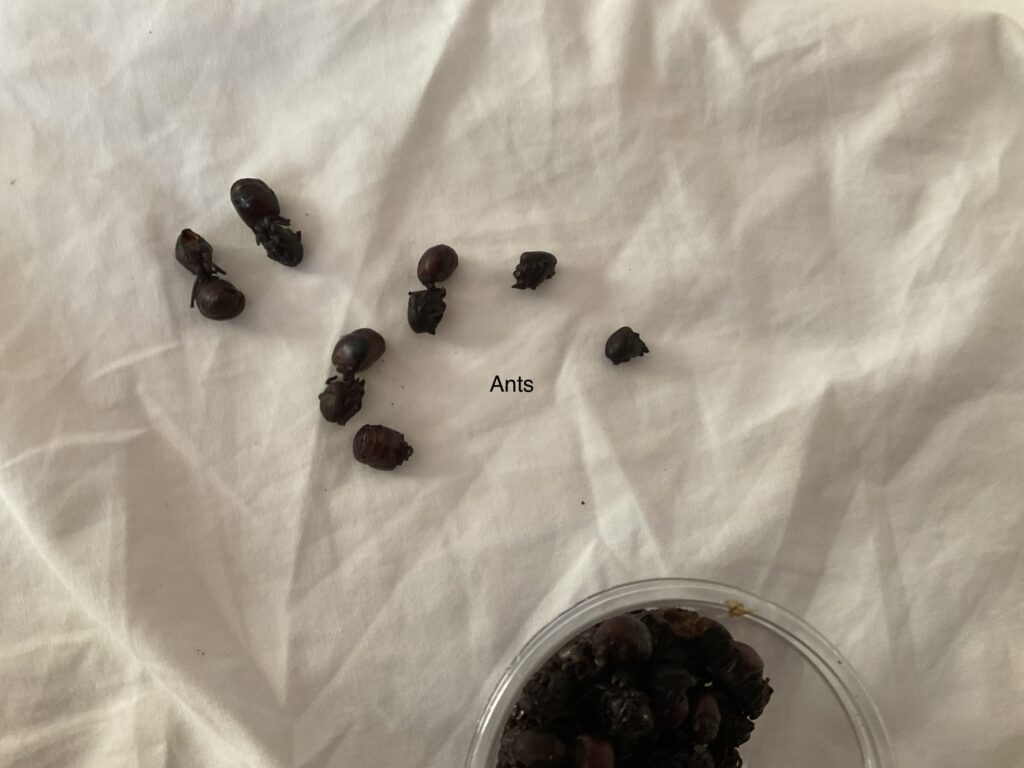

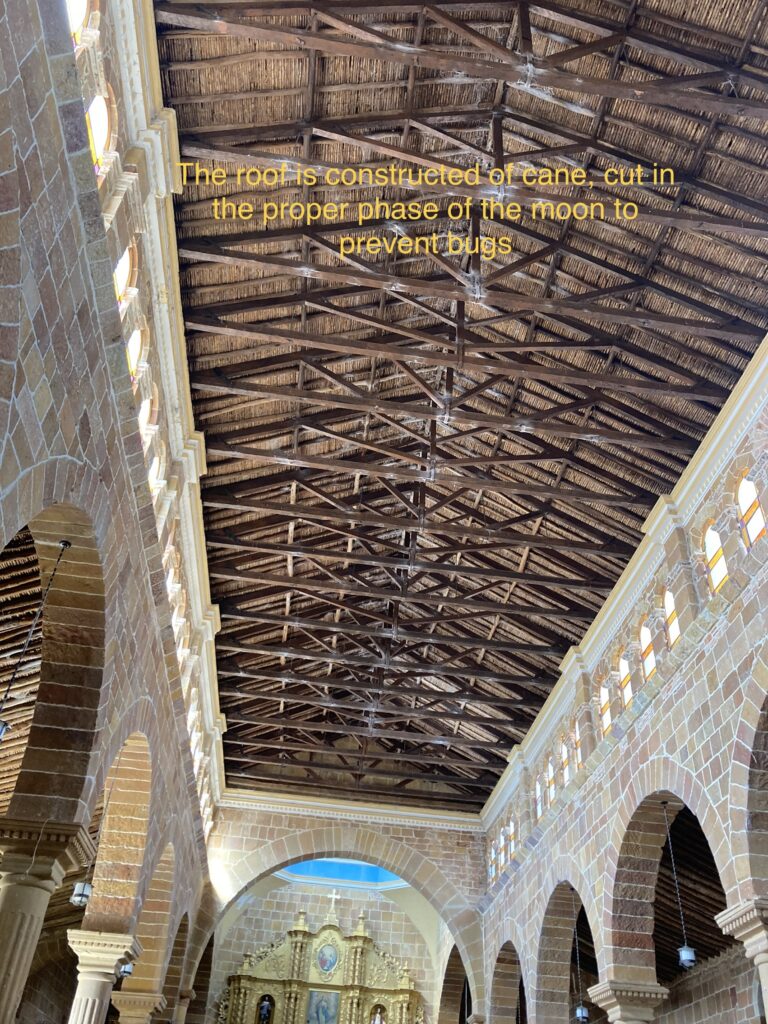


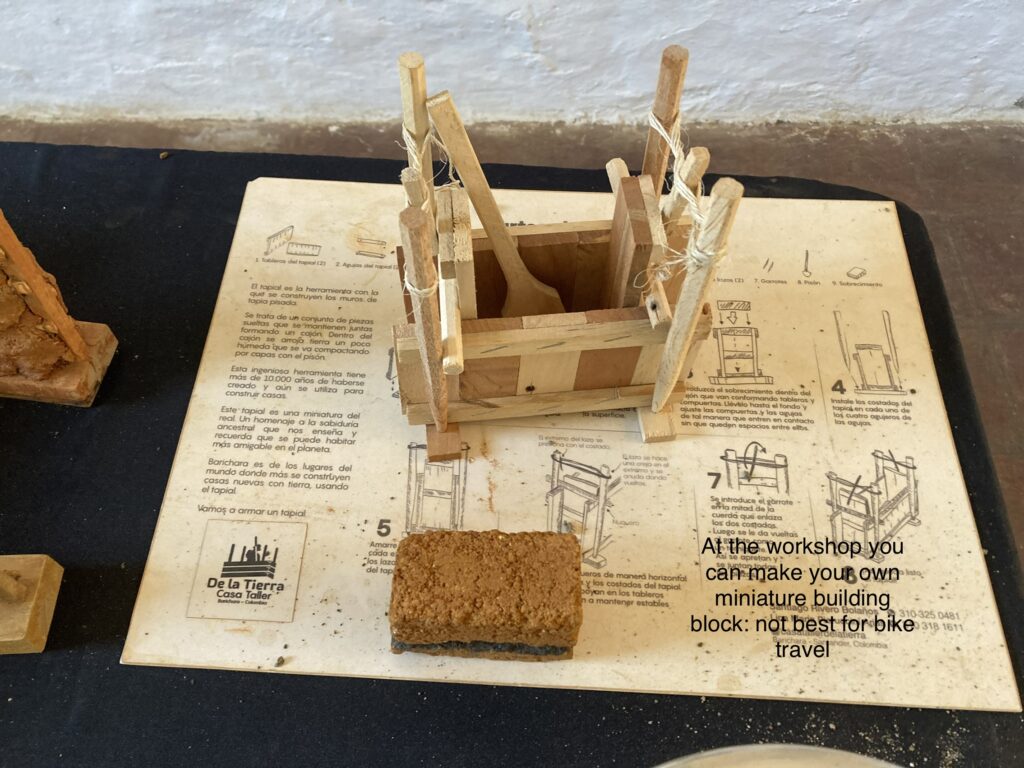
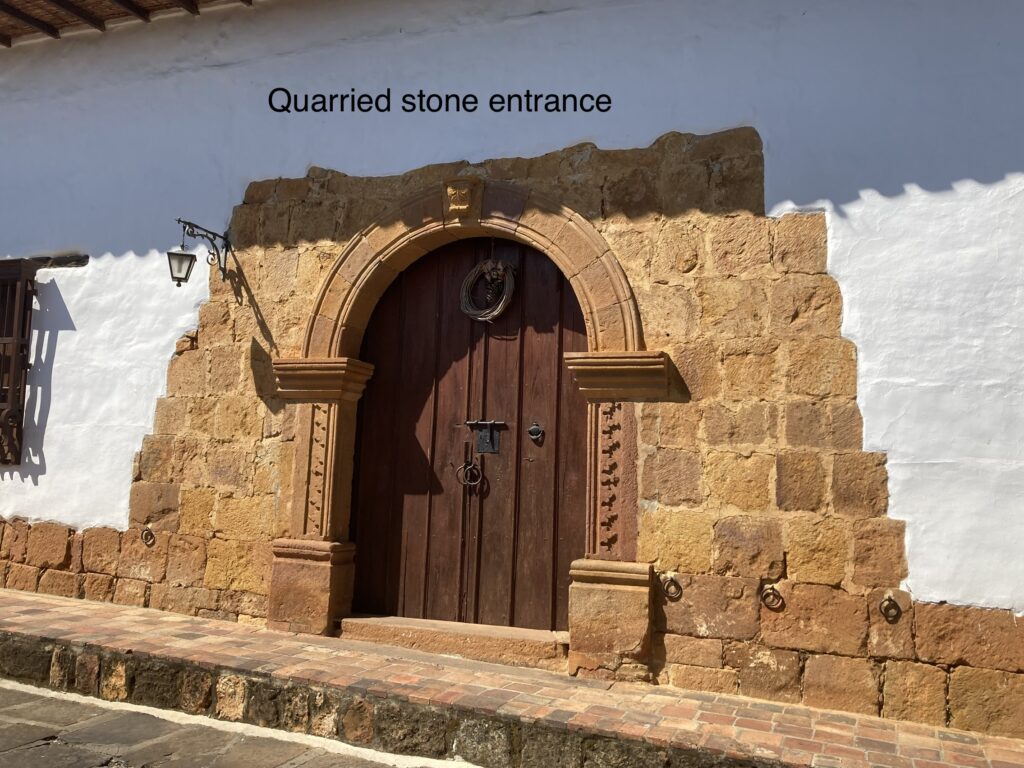
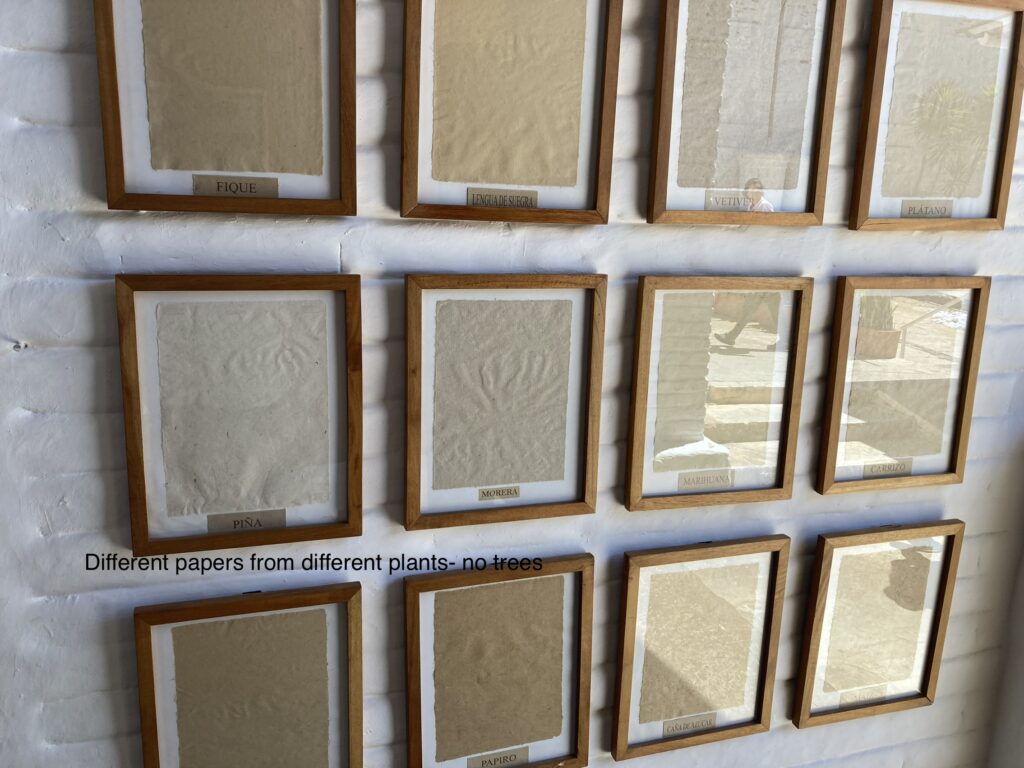
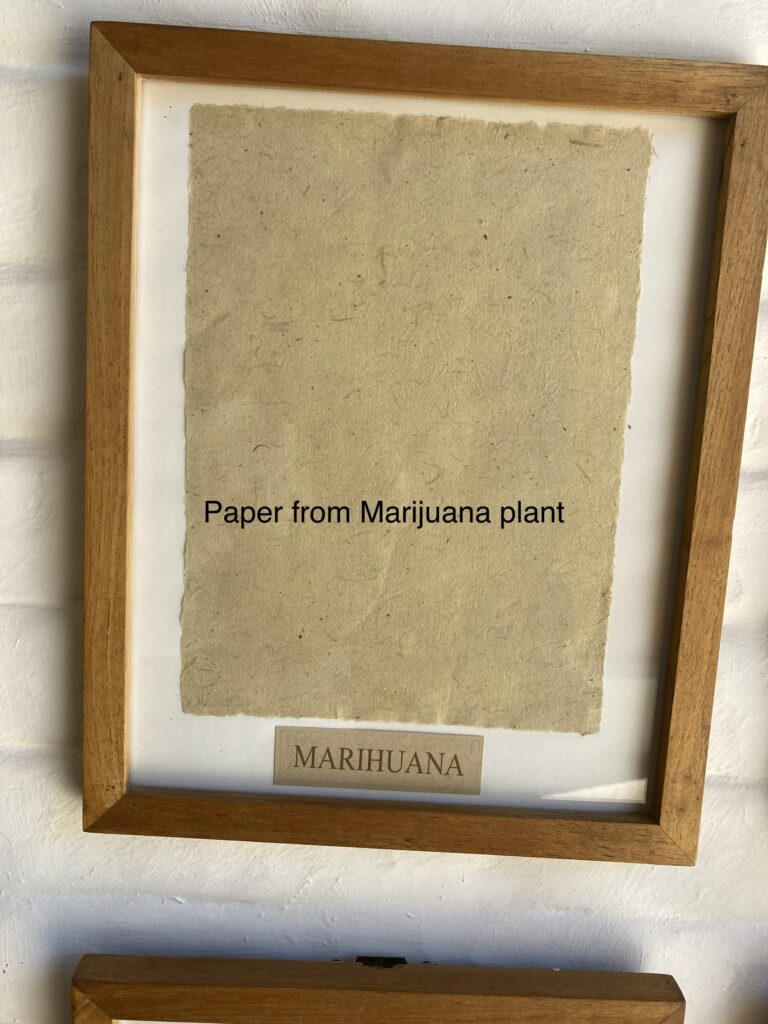
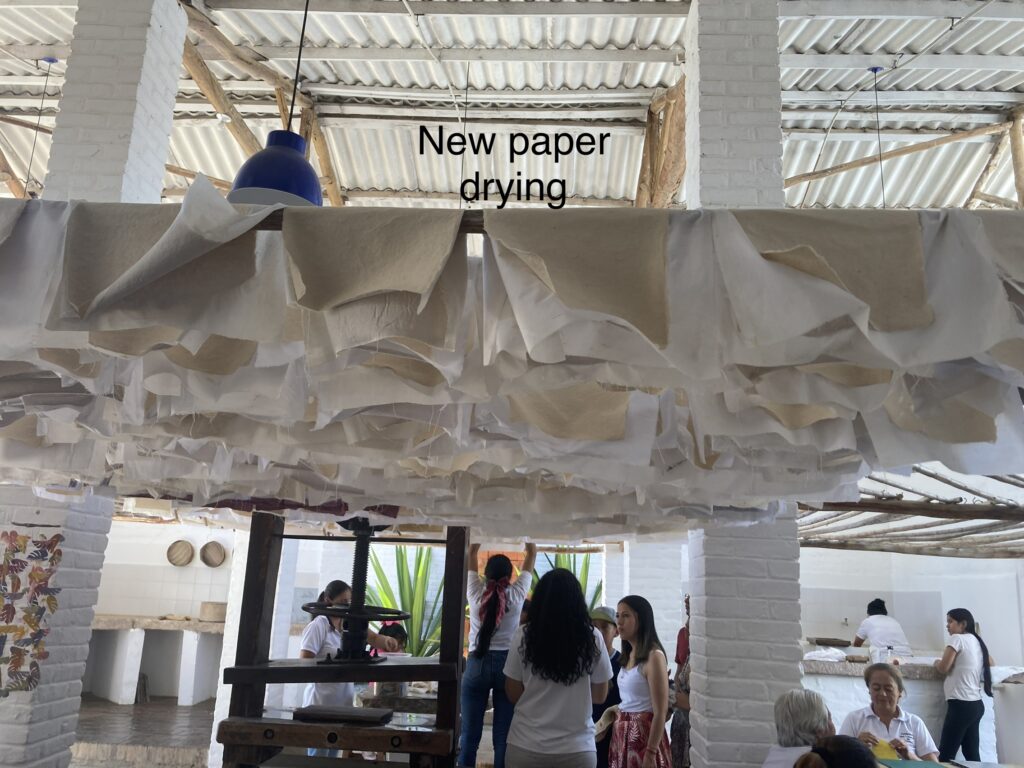


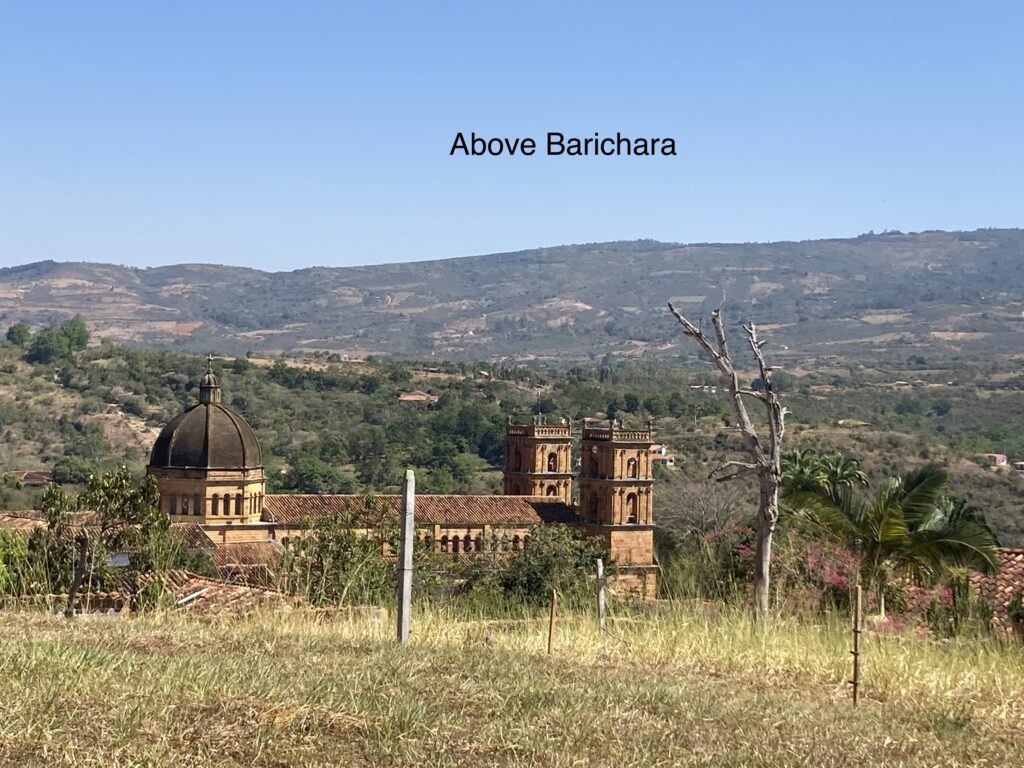
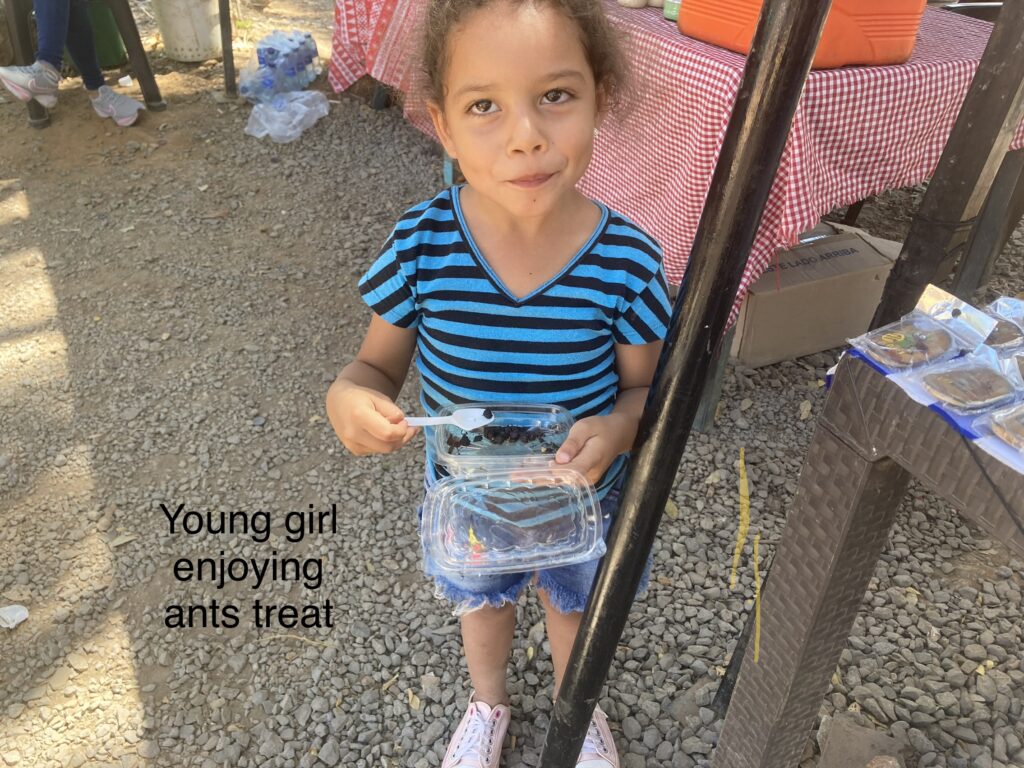
Fascinating place! And yes, the conundrum of collecting things while bike touring…I often feel guilty not buying something but alleviating that would soon lead to needing a trailer!
They do sorta look like peanuts! Glad you are enjoying your trip.